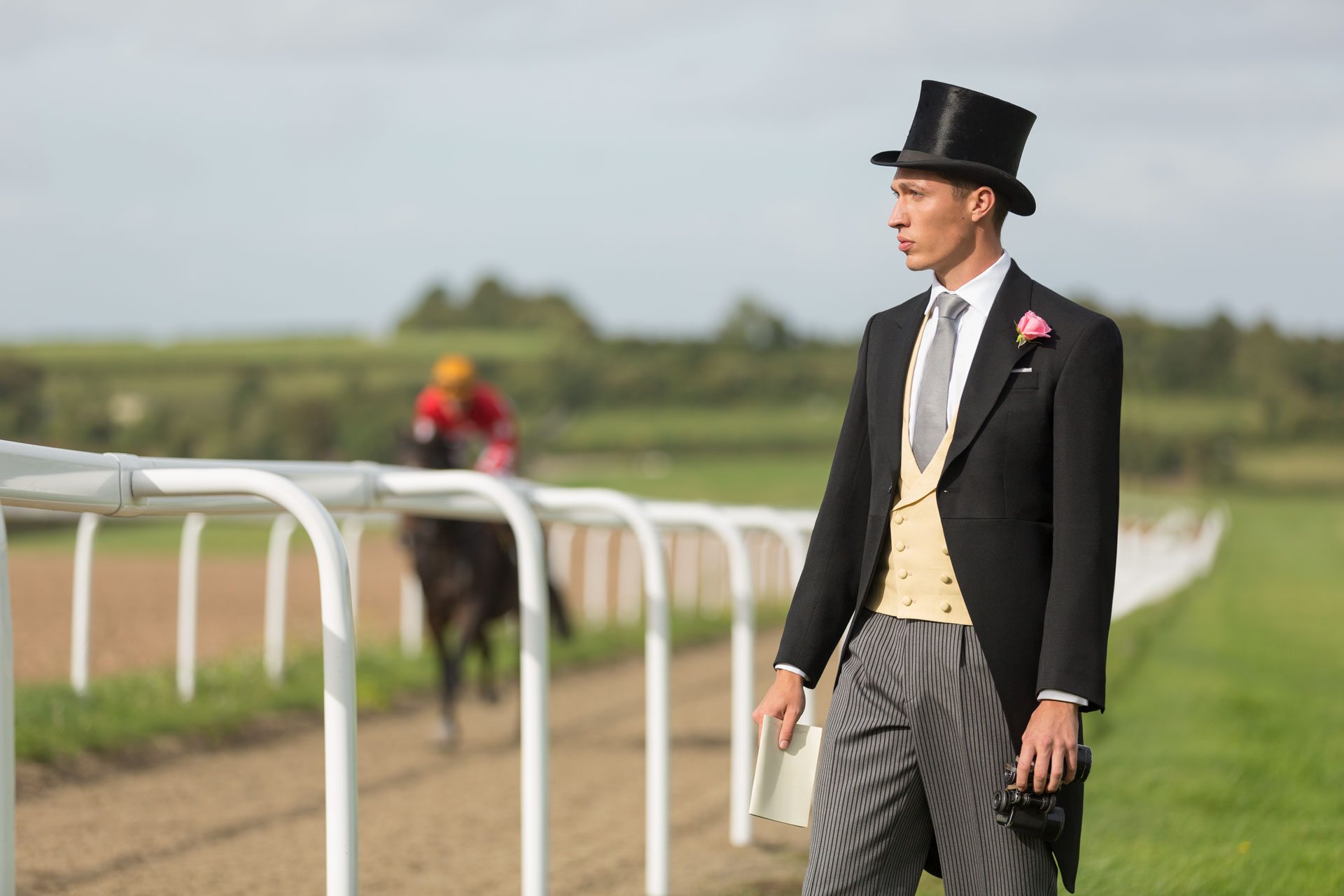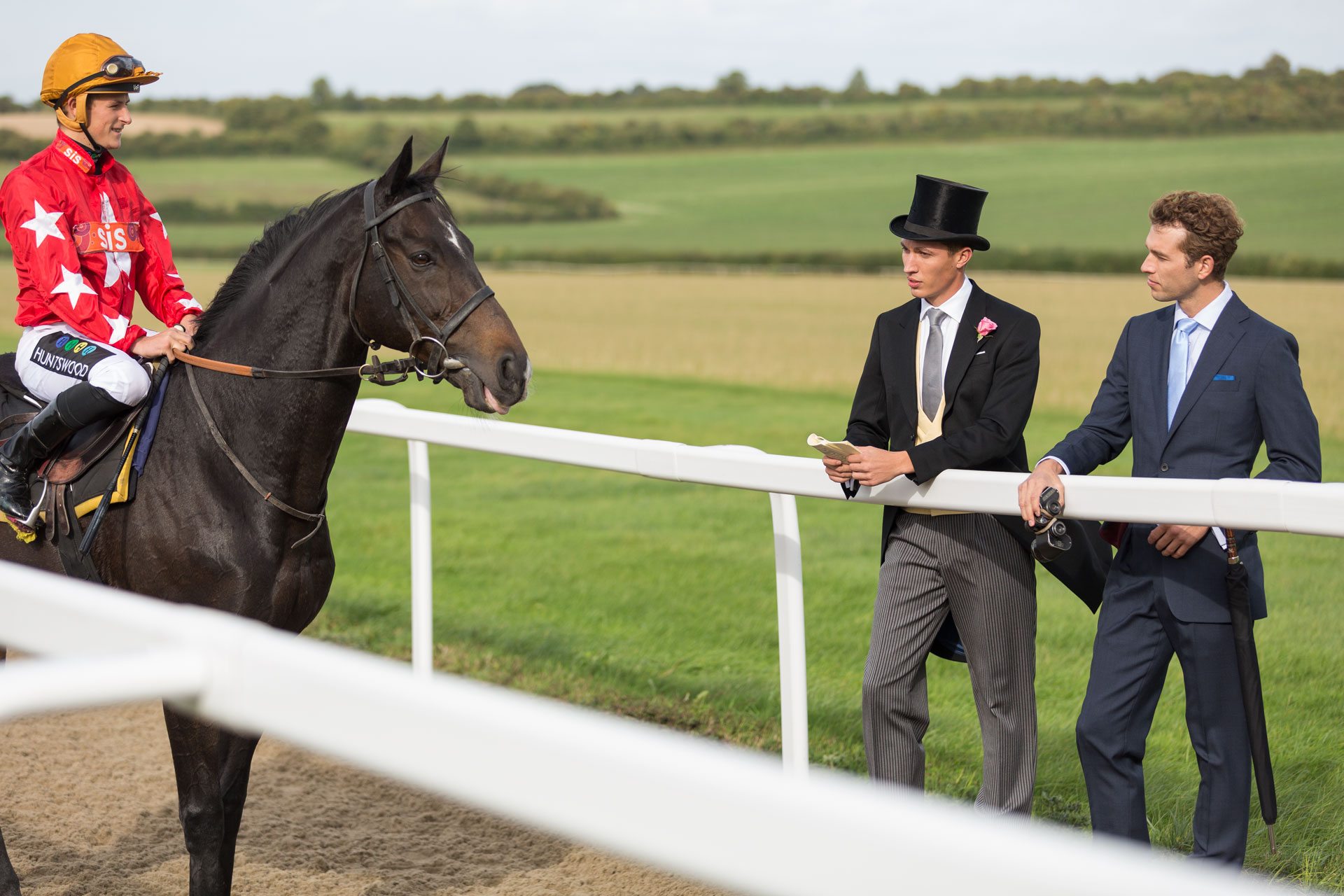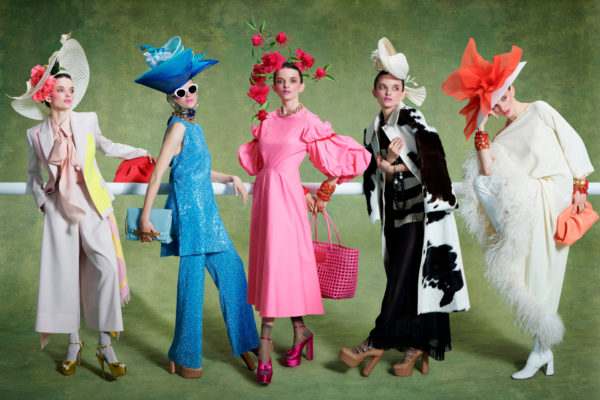
- HOME
- FASHION
A Guide To Top Hats, By Oliver Brown’s Kristian Ferner Robson
Everything you ever wanted to know about this icon of men's style
By | 12 months ago
Did you know that the last top hat was made in 1968, and that since the silk making equipment no longer exists, it is only possible to acquire a vintage silk top hat? Find out everything you need to know about top hats (and more importantly, how to wear yours) in our guide by Oliver Brown proprietor Kristian Ferner Robson…
DID YOU KNOW? Since the beginnings of the top hat, the human head has inflated. The average head size has gone up around 4cm from 6 7/8ths in 1850 to 7 ¼ today making the larger sizes in even higher demand, and subsequently are often higher in price too.
Three steps to the perfect fit…
However handsome your top hat, the wrong fit or size can ruin the overall look. Get it right by following this step-by-step guide to measuring for a top hat and achieving the perfect fit.
- Take a soft tape measure and place it around your head. Ensure it is half an inch above your ears and straight.
- Measure in centimetres or inches, and use this measurement to find your hat size (refer to any hat size chart).
- A correctly fitted hat should rest comfortably half an inch above the ears, sitting completely straight. Not titled to the side, or to the back.
What style top hat?
The shape and height of antique silk top hats evolved somewhat over the years, with the crowns gradually becoming taller in height and the brims narrower. The most common shape of antique silk top hats is the ‘bell-shape’ which has slightly curved sides, but there are also examples such as the ‘stove-pipe’ which has straight sides and is particularly tall.
The shape you opt for is a personal choice, for example if you have a smaller head you may want to opt for a crown that’s lower in height to keep everything in proportion. The same goes for the height of the top hat. There is a tall 6” hat is a walking topper, or the shorter top is around 5.5”.

What’s the different between the antique and modern top hats?
Antique Silk Top Hats are the most traditional and are made from a unique silk plush with a long nap, giving it the beautifully polished look we recognise today, the looms that made this fabric are no longer in existence and general production has ceased.
The more contemporary counterparts include the silk imitation Melusine Top Hats which are made from melusine, a special long-haired fur felt that is the closest alternative to the silk originals. This creates a hat that has a beautifully polished finish and a noticeably elegant profile. Another is the Fur Felt Top Hat which is hand-crafted of 100% fur felt, and finished with a mourning band made of Melton wool and fully lined with white satin.
Dos and Don’ts…
DON’T customise: if you’re looking for Royal Ascot top hats and have access to the Royal Enclosure, the dress code requires gentlemen to wear black or grey top hats without adornments such as coloured ribbons.
DON’T sit the hat on its head: when setting it down on a flat surface, always put the hat down upright, with the brim of the hat on the table. This maintains the condition of the crown, which is vulnerable to damage, and once worn can never be repaired, only blackened to minimise the effect of the damage.
DON’T dry your top hat on a radiator: if you get caught in the rain and your top hat gets wet, it’s important you let the hat dry in a naturally warm and airy environment – never over direct heat which could distort the shape of the hat.
DO keep it shining: once you’ve purchased your antique silk top hat, it will need to be buffed from time to time to keep the polished appearance. Using a velvet pad, sweep over the surface in the direction of the nap a few times until the hat’s deep, glossy shine is reinstated.
DON’T use your top hat as a champagne bucket: after a full day at Royal Ascot, it’s surprisingly easy to forget!”
This guide was put together by Kristian Ferner Robson, proprietor of Oliver Brown // 75 Lower Sloane Street, London // oliverbrown.org.uk. Oliver Brown is an Official Licensee to Royal Ascot.
Images courtesy of Oliver Brown






